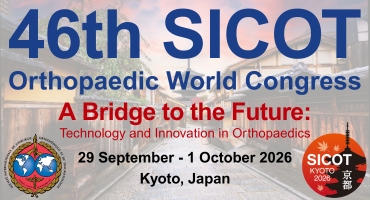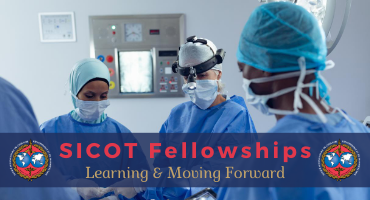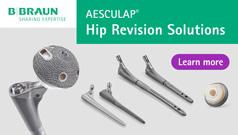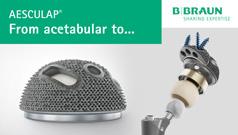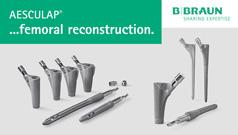Injury. 2025 Nov 19;57(2):112895. doi: 10.1016/j.injury.2025.112895. Online ahead of print.
ABSTRACT
BACKGROUND: The objective of this study is to compare the clinical outcomes of robot-assisted percutaneous screw fixation with traditional ORIF for treating displaced intra-articular glenoid Ideberg Ia fractures.
METHODS: This retrospective study included all patients diagnosed with displaced intra-articular glenoid fractures between January 1, 2021, and December 31, 2024, at our Level 3 hospital who met the inclusion and exclusion criteria. Patient demographics and intraoperative parameters were meticulously documented. Clinical outcomes were measured using the Constant Murley Shoulder score, the Quick Disabilities of the Arm, Shoulder, and Hand score, and the Visual Analogue Scale for pain. Each patient was asked to assess their satisfaction with the appearance of their scars using a 10-point Likert scale. The range of motion and any complications were thoroughly documented for further analysis. In addition, the time taken to resume work, sports activities, and recover the previous range of motion in the shoulder was also recorded.
RESULTS: 18 patients were included in the final analysis-8 in the robot-assisted group and 9 in the ORIF group. The robot-assisted group required significantly less operative time (70.00 ± 16.04 vs. 108.22 ± 34.67minutes, P < 0.05), reduced blood loss (11.25 ± 7.44 vs. 120.00 ± 65.00 mL, P < 0.05), smaller incision length (1.18 ± 0.26 vs. 12.24 ± 2.74 cm, P < 0.05), faster resume work (13.13 ± 1.81 vs. 23.78 ± 15.57 weeks), quicker return to sports (17.00 ± 1.85 vs. 27.53 ± 13.63 weeks, P < 0.05), a shorter time to regain full range of motion (13.00 ± 1.85 vs. 29.00 ± 12.05 weeks, P < 0.05), and a higher scar cosmesis score (9.88 ± 0.35 vs. 5.17 ± 3.4, P < 0.05). The robot-assisted group achieved bone union substantially faster, with an average time of 8.12 ± 0.35weeks compared to 13.33 ± 2.46 weeks in the ORIF group (P < 0.05). In terms of active range of motion, patients in the robot-assisted group had a significantly better function in forward flexion, abduction, and internal rotation (150.00 ± 9.26 vs. 126.67 ± 21.94, 138.75 ± 12.46 vs. 106.25 ± 32.27, 84.38 ± 4.96 vs. 59.58 ± 15.73, respectively) (P < 0.05).
CONCLUSION: Robot-assisted percutaneous screw fixation offers a safe and minimally invasive treatment option for displaced intra-articular glenoid Ideberg Ia fractures. This technique not only promotes faster healing but also provides superior cosmetic results and excellent functional outcomes when compared to traditional ORIF.
PMID:41308429 | DOI:10.1016/j.injury.2025.112895






